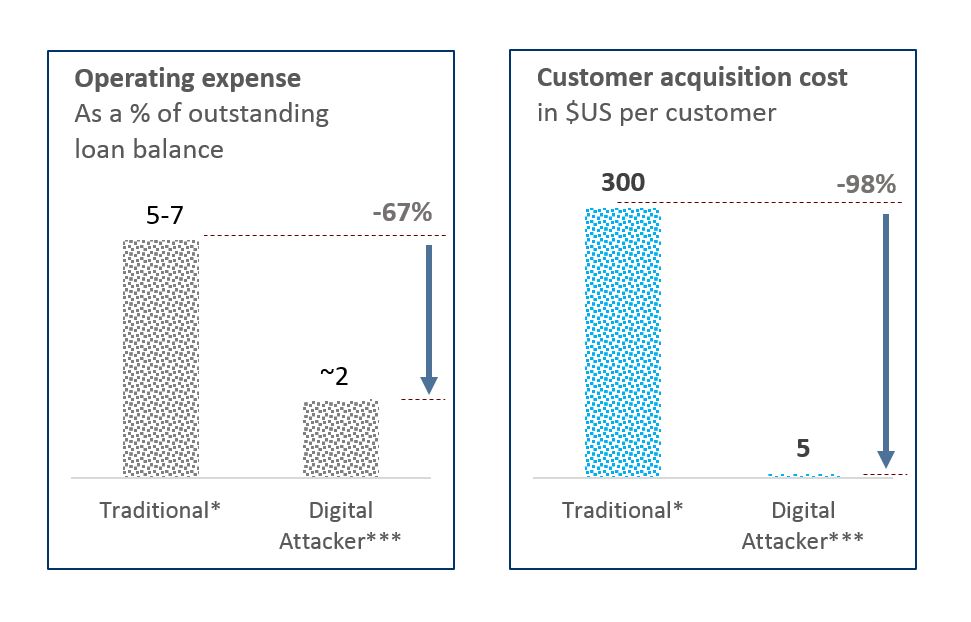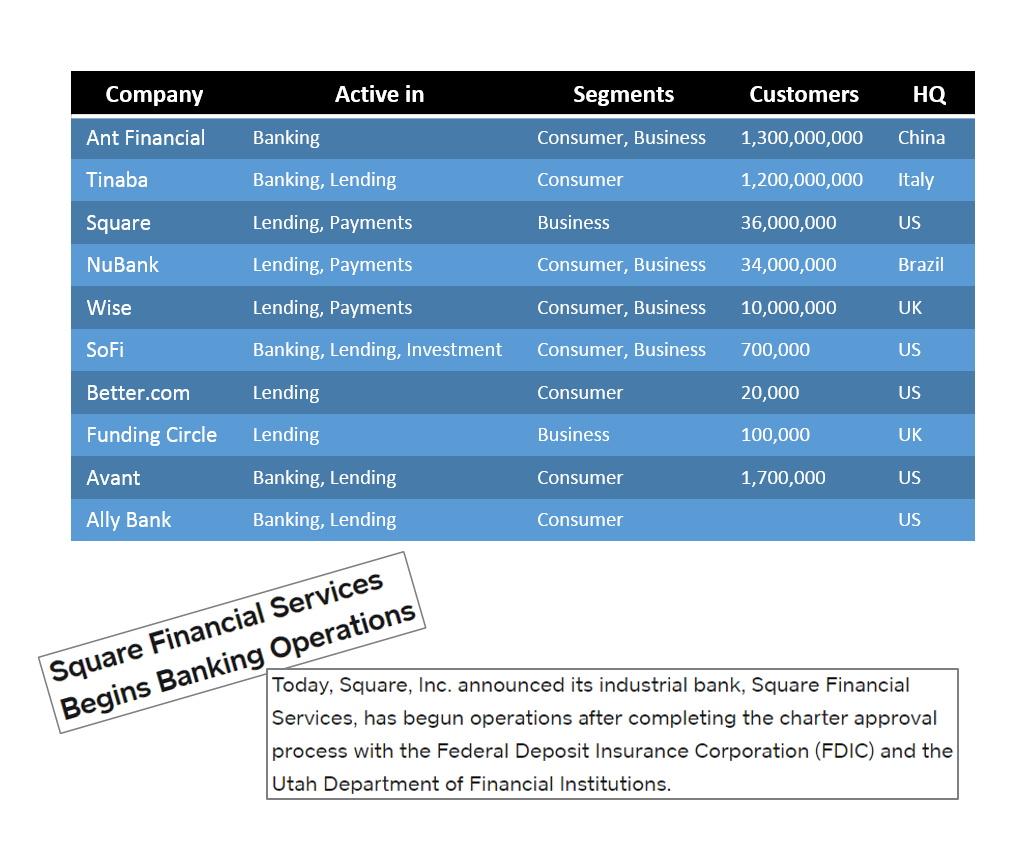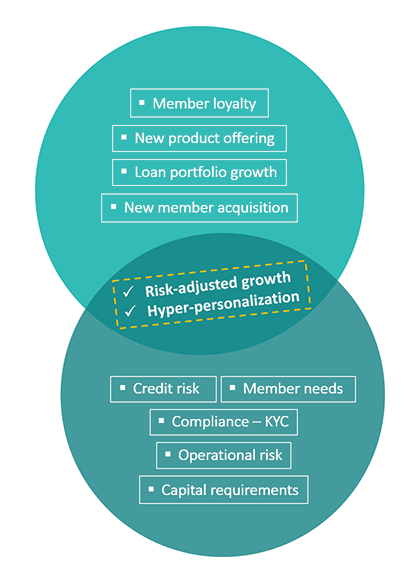 Our Engagement Model
Our Engagement Model 
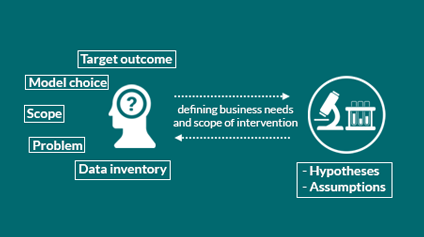
1. The business problem
It starts with an exploratory view of your goal and business problem
- Defining the business problem, scope and desired outcome
- Defining the analytical model that leads to the desired outcome
- Examining available data to be used in the analytical model
2. Hypotheses
Formulating a hypothesis that will guide our intervention.
- Working out a set of hypotheses to lead the intervention
- Identifying the assumptions “ruling” “attached to” the hypotheses
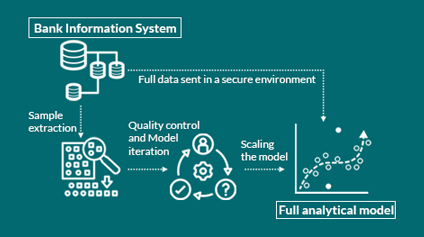
3. Proof of concept
Establishing a proof of concept by:
- Performing an exploratory data analysis and identifying key data that explains variations in outcome
- Building the MVAM - Minimum Viable Analytical Model on a sample data set
4. Full analytical model
- Developing the full model that includes the comprehensive data set
- Producing a report of the results and main recommendations
- Deciding whether the analytical model should be integrated into the bank's IS

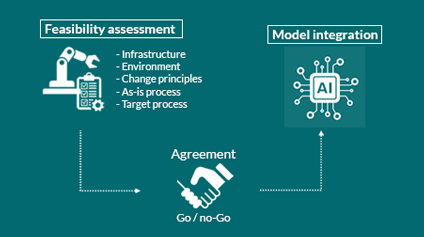
5. Automation pre-assessment
After delivering the analytical model successfully, and if the partner decides to implement the model within the Bank's MIS, we proceed with:
- Examining the environment, functional and nonfunctional requirements, to enable the successful integration of the analytical model into the bank’s IT system and processes
- Estimation of the feasibility and cost of integration
6. Development and integration
The previous step leads to establishing the feasiblility of automating the model, and whether we should go with:
- Designing and setting up the architecture of the application (automated analytical model)
- Developing API endpoints to replicate the analytical process and presentation of the results
- Deploying AI / Machine learning / Analytics model into production


